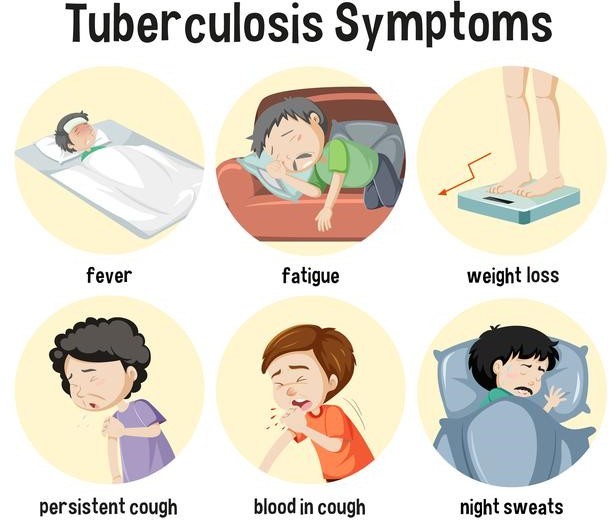A nurse is caring for a client who has a new diagnosis of terminal cancer.
Which of the following interventions is the priority?
Discuss the client's prior coping mechanisms.
Teach the client to use progressive relaxation techniques.
Help the client to find a local support group.
Develop a list of goals with the client.
The Correct Answer is A
The priority intervention for a client with a new diagnosis of terminal cancer is to discuss the client’s prior coping mechanisms.
This can help the nurse understand how the client has dealt with difficult situations in the past and can provide insight into how the client may cope with their current diagnosis.
Choice B is wrong because while teaching the client to use progressive relaxation techniques may be helpful in managing stress and anxiety, it is not the priority intervention.
Choice C is wrong because while helping the client find a local support group may provide emotional support, it is not the priority intervention.
Choice D is wrong because while developing a list of goals with the client may provide direction and focus, it is not the priority intervention.
Nursing Test Bank
Naxlex Comprehensive Predictor Exams
Related Questions
Correct Answer is C
Explanation
The first two actions the nurse should take are to review the client’s medical history and assess for symptoms.
This can help determine if further testing or treatment is necessary.

Choice A is wrong because the test results are negative, so initiating treatment for TB is not necessary.
Choice B is wrong because repeating the tests may not provide any additional information.
Choice D is wrong because educating the client about TB prevention and management may not be necessary if the client does not have TB.
Correct Answer is B
Explanation
This is because during the alarm reaction stage of general adaptation syndrome, which is also known as the fight-or-flight response, the sympathetic nervous system is activated by the sudden release of hormones.
This hormone release causes physical symptoms such as dilated pupils.
Choice A is wrong because depression is not a manifestation that occurs during the alarm reaction stage of general adaptation syndrome.
Choice C is wrong because bradycardia, or a slow heart rate, is not a manifestation that occurs during the alarm reaction stage of general adaptation syndrome.
Instead, an increase in heart rate is a common physical sign during this stage.
Choice D is wrong because physical exhaustion is not a manifestation that occurs during the alarm reaction stage of general adaptation syndrome.
Physical exhaustion occurs during the final stage of general adaptation syndrome, which is known as the exhaustion stage.
Whether you are a student looking to ace your exams or a practicing nurse seeking to enhance your expertise , our nursing education contents will empower you with the confidence and competence to make a difference in the lives of patients and become a respected leader in the healthcare field.
Visit Naxlex, invest in your future and unlock endless possibilities with our unparalleled nursing education contents today
Report Wrong Answer on the Current Question
Do you disagree with the answer? If yes, what is your expected answer? Explain.
Kindly be descriptive with the issue you are facing.
